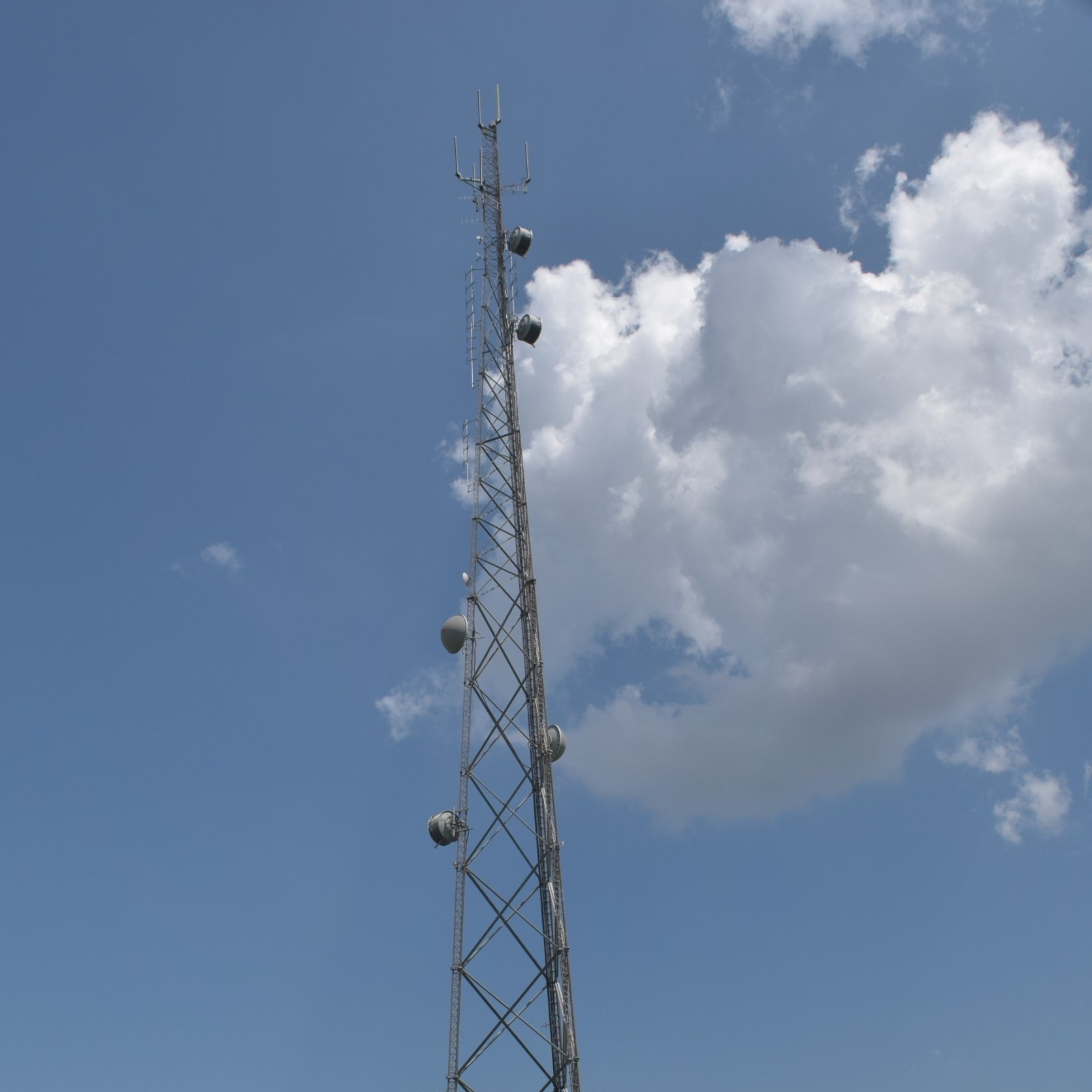Telecom & Wireless
Is the Wireless Industry in a Race to the Bottom?

Published:
Last Updated:

Now that all four major U.S. wireless carriers have begun offering unlimited data plans, the question becomes where the industry goes from here. T-Mobile US Inc. (NASDAQ: TMUS) and Sprint Corp. (NYSE: S), the number three and four carriers based on subscriber totals, have offered the unlimited plans for some time. The two industry giants, Verizon Communications Inc. (NYSE: VZ) and AT&T Inc. (NYSE: T), have offered similar plans in the past few days.
Now that all the carriers are on the same page, it’s time for the industry to address its other big problem: the U.S. market for wireless service is essentially saturated. That means that the path to growth in the domestic market is marked by how many of a competitor’s subscribers a company can persuade to switch. That’s also the classic definition of a zero-sum game.
The wireless industry has fallen victim to commoditization, a situation it has tried hard to avoid. Fat pipes was never anything but a commodity play anyway. It just took a few years of jockeying for the end to become clear.
A note from analysts at Jefferies released Thursday morning takes a look at the health of the industry. While the patient is not on life support yet, the signs are not altogether encouraging for a full recovery. Regarding commoditization the analysts said:
In our view, the handset losses at AT&T, and likely now Verizon, is an indication that subscribers perceive network quality to be largely homogenous among carriers, with pricing of utmost importance. With the exception of some plan nuances, the carriers have commoditized 4 line plans into unlimited voice/text/ data, with small price differentials. We think this bodes poorly for the industry, particularly given what we believe to be an unsustainable market structure.
The Jefferies analysts also don’t like what they see in the industry’s average revenue per user (ARPU) metric:
While the industry remains bullish on growth in data usage, and metered plans allow for some continued enthusiasm, the move by every carrier to unlimited plans will cause carriers to hope for less and less data usage. Almost every pricing action over the last couple of years has continued to take the roof down on ARPU growth opportunities as more and more data was offered for the same, or lower price point. Now with the advent of unlimited plans, the upside from additional usage is gone for those choosing aggressively priced unlimited plans.
Combined with market saturation and zero-sum subscriber additions, cash flows are threatened:
Given the shift from the pre-smartphone era, when subsidies were small and ARPU was higher, the state of cash flow per subscriber has weakened. ARPU at that time was higher, and we can only surmise that cash flow per sub[scriber] was meaningfully better. Fast forward to today, and we have smartphones (still implied subsidy given bad debt/imputed interest, and promotional activity), massive capacity needs both at the network and spectrum level, and lower ARPU. Accordingly, we are concerned that returns in US Wireless are much worse than historical returns, and more importantly there appears to be no relief in sight.
Where are industry profits going to come from? Verizon is going after content production with its recent purchase of AOL and pending acquisition of Yahoo! Inc. (NASDAQ: YHOO). AT&T acquired DirecTV’s satellite pay-TV service to broaden its offering and has begun expanding internationally. These may help, but the jury is still out, according to Jefferies:
Carriers are hopeful that opportunities arising from IoT, advertising, and content will provide the next leg of growth. While we certainly can’t dismiss these opportunities, we will take a wait and see approach to any meaningful contribution to overall wireless profitability. In our view, carriers that are not diversifying their portfolios to limit exposure to US Wireless face an uphill battle, unless industry consolidation is a foregone conclusion…again, we will wait and see.
Under a more lenient regulatory regime proposed by the Trump administration for all manner of U.S. industries, it is indeed possible that either one or both of the two industry leaders will make a play for the two smaller competitors. But if that were to occur. it is still a ways into the future. As Jefferies says, let’s wait and see.
Verizon stock traded at $49.85 Thursday morning, up about 0.1%, in a 52-week range of $46.01 to $56.95. Jefferies rates the stock a Hold with a price target of $51. The consensus price target on the shares is $51.83.
AT&T shares traded down 0.2%, at $41.95 in a 52-week range of $36.10 to $43.89. Jefferies rates the stock a Buy with a price target of $48. The consensus 12-month target is $43.10.
T-Mobile stock traded at $62.39, up about 0.1%, in a 52-week range of $36.26 to $65.41. Jefferies rates the stock a Buy with a price target of $71. The consensus price target is $66.29.
Sprint shares traded down about 0.9%, at $8.76 in a 52-week range of $3.12 to $9.65. Jefferies has an Underperform rating and a price target of $5 for the stock. The consensus 12-month price target is $7.28.
Are you ready for retirement? Planning for retirement can be overwhelming, that’s why it could be a good idea to speak to a fiduciary financial advisor about your goals today.
Start by taking this retirement quiz right here from SmartAsset that will match you with up to 3 financial advisors that serve your area and beyond in 5 minutes. Smart Asset is now matching over 50,000 people a month.
Click here now to get started.
Thank you for reading! Have some feedback for us?
Contact the 24/7 Wall St. editorial team.